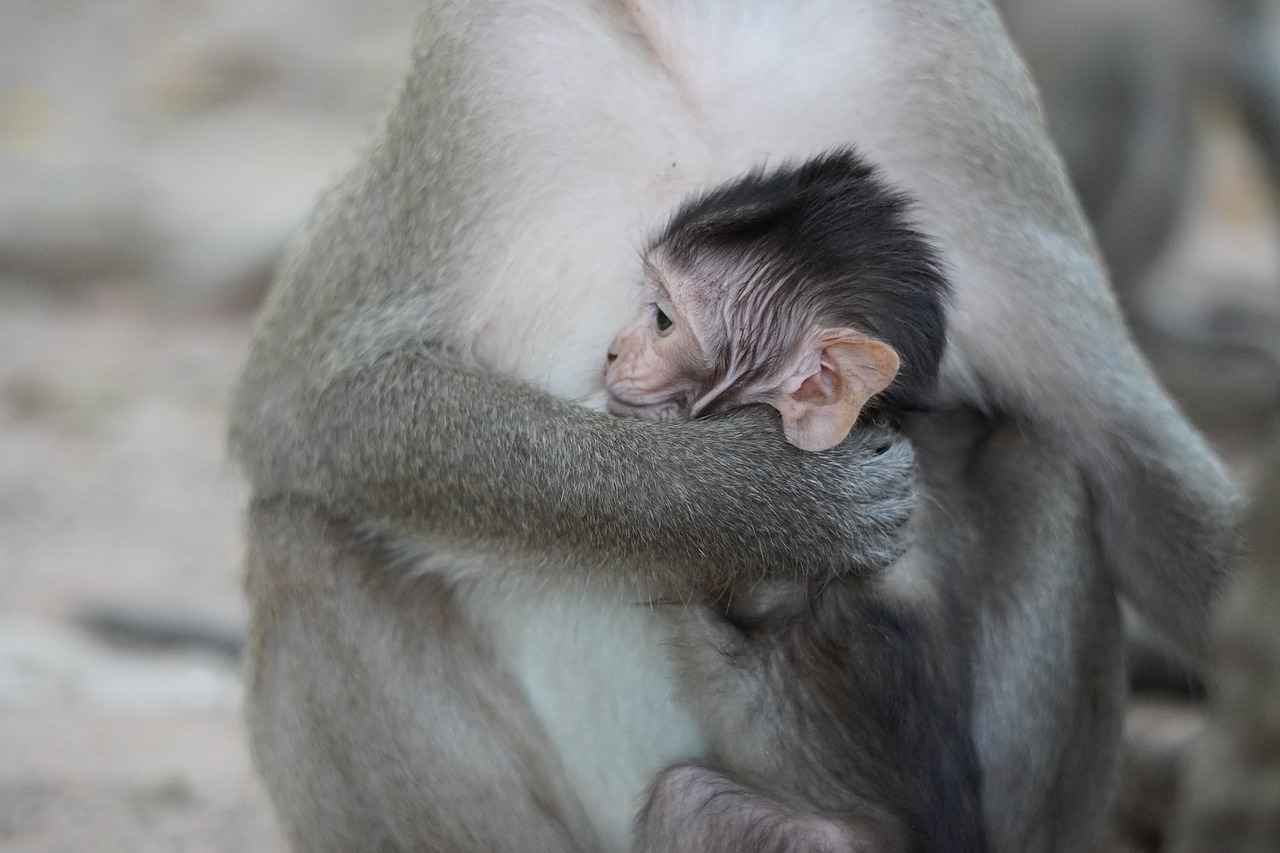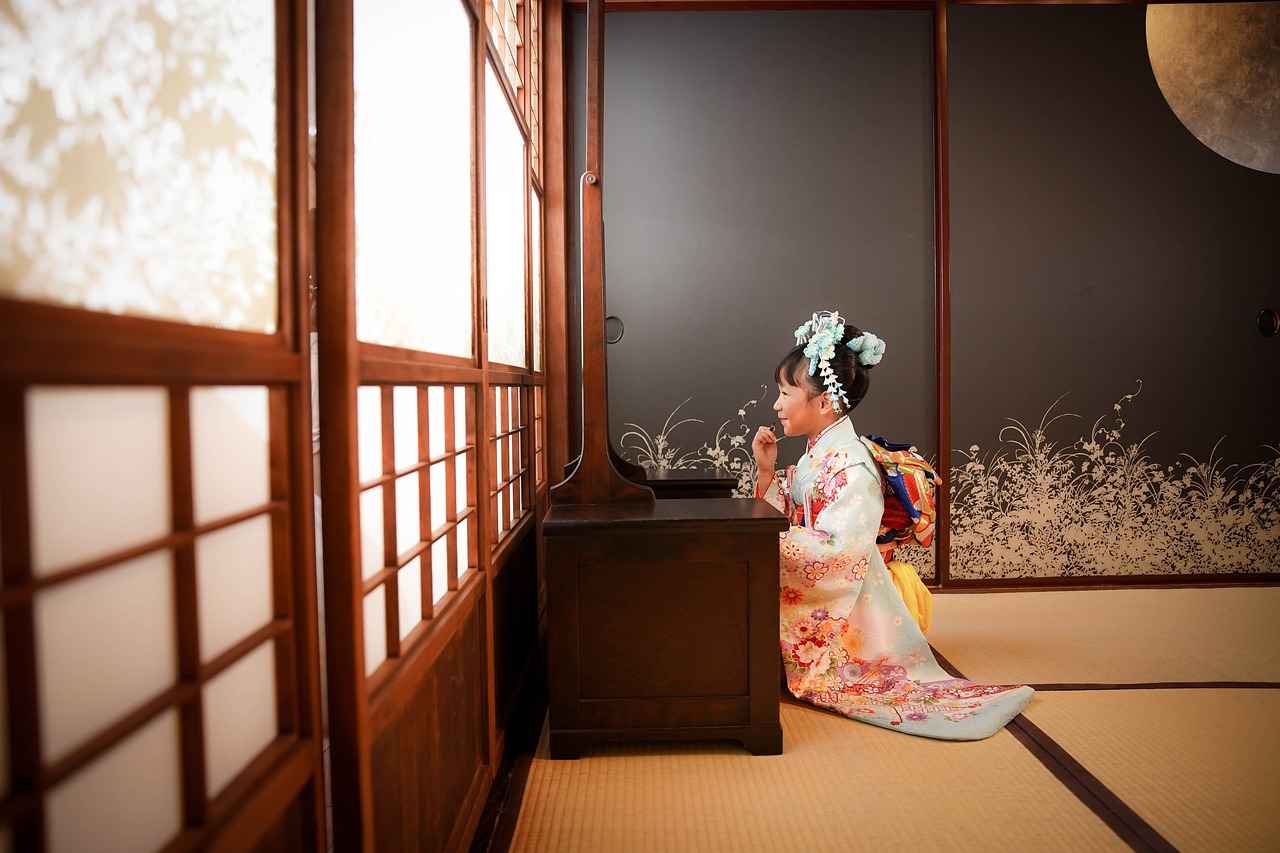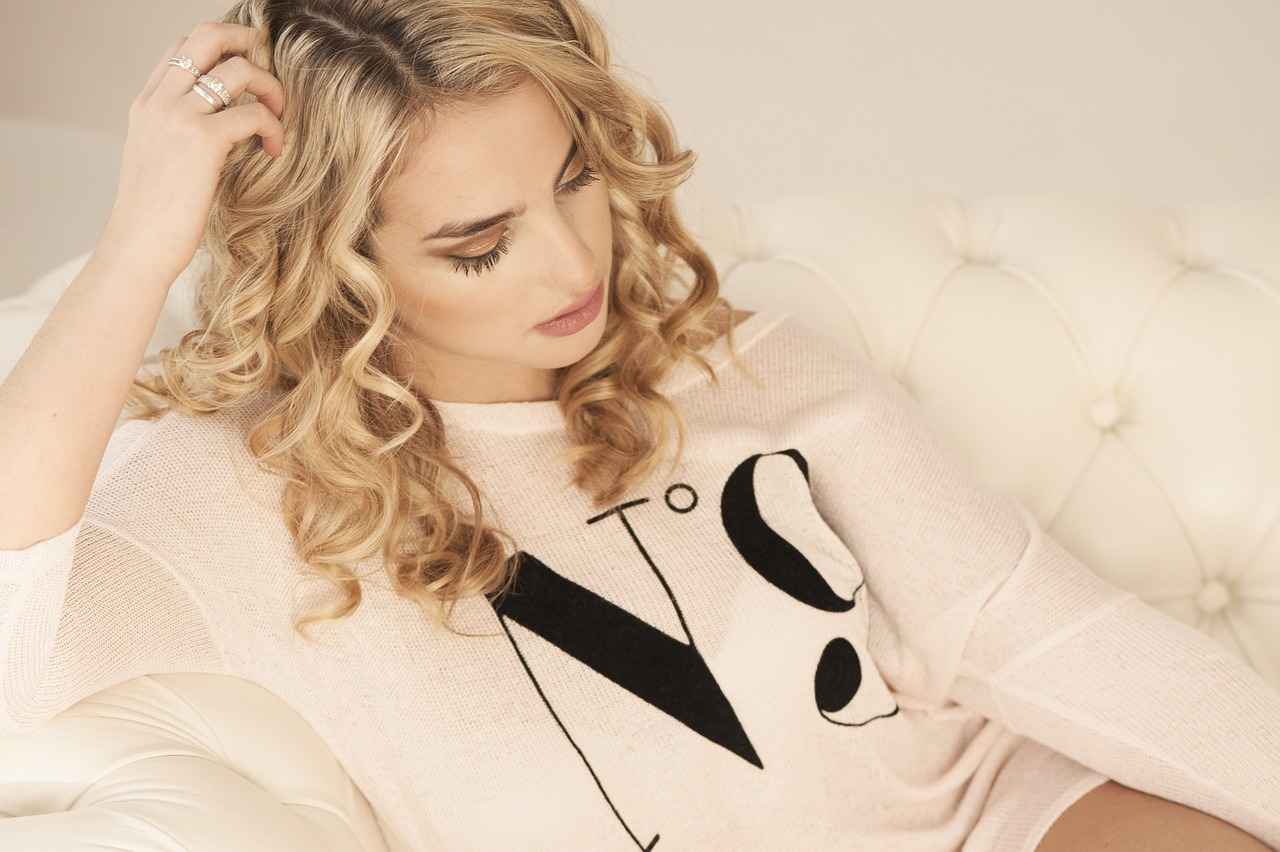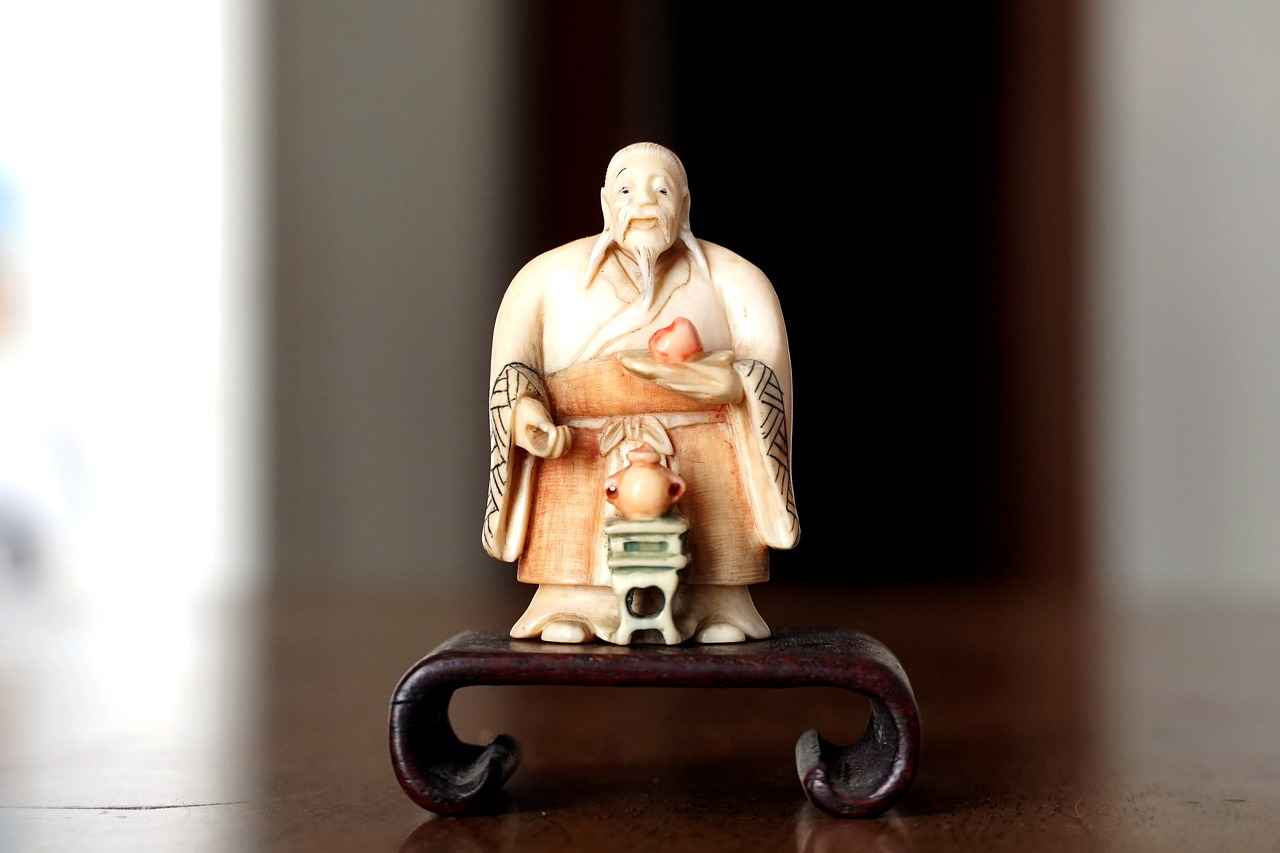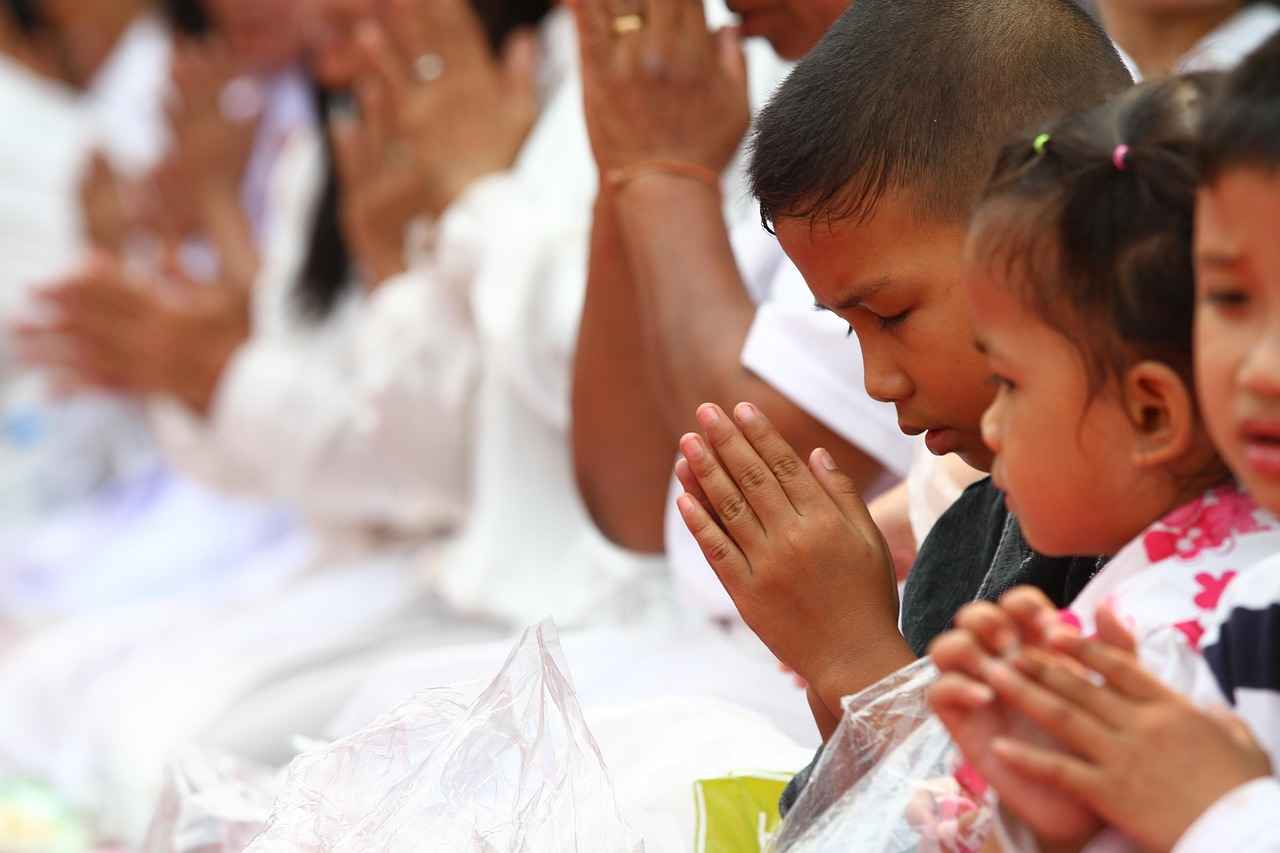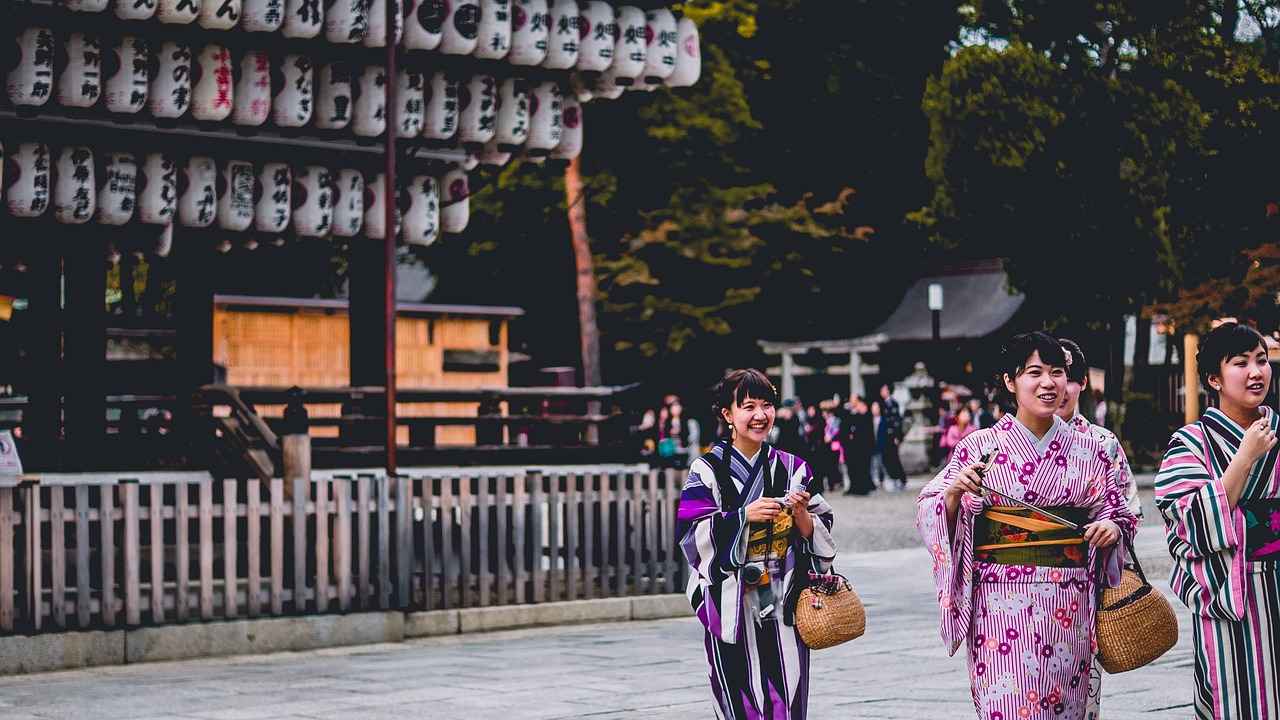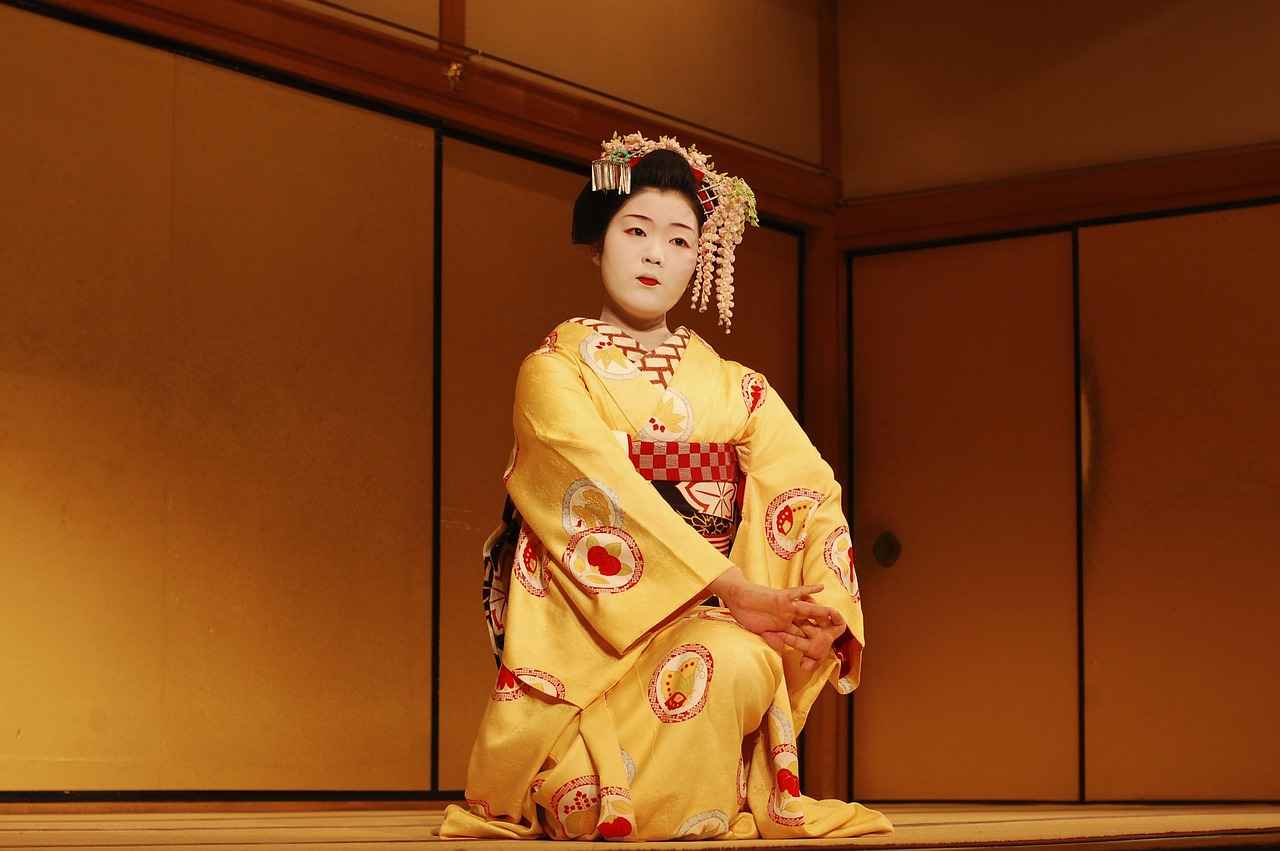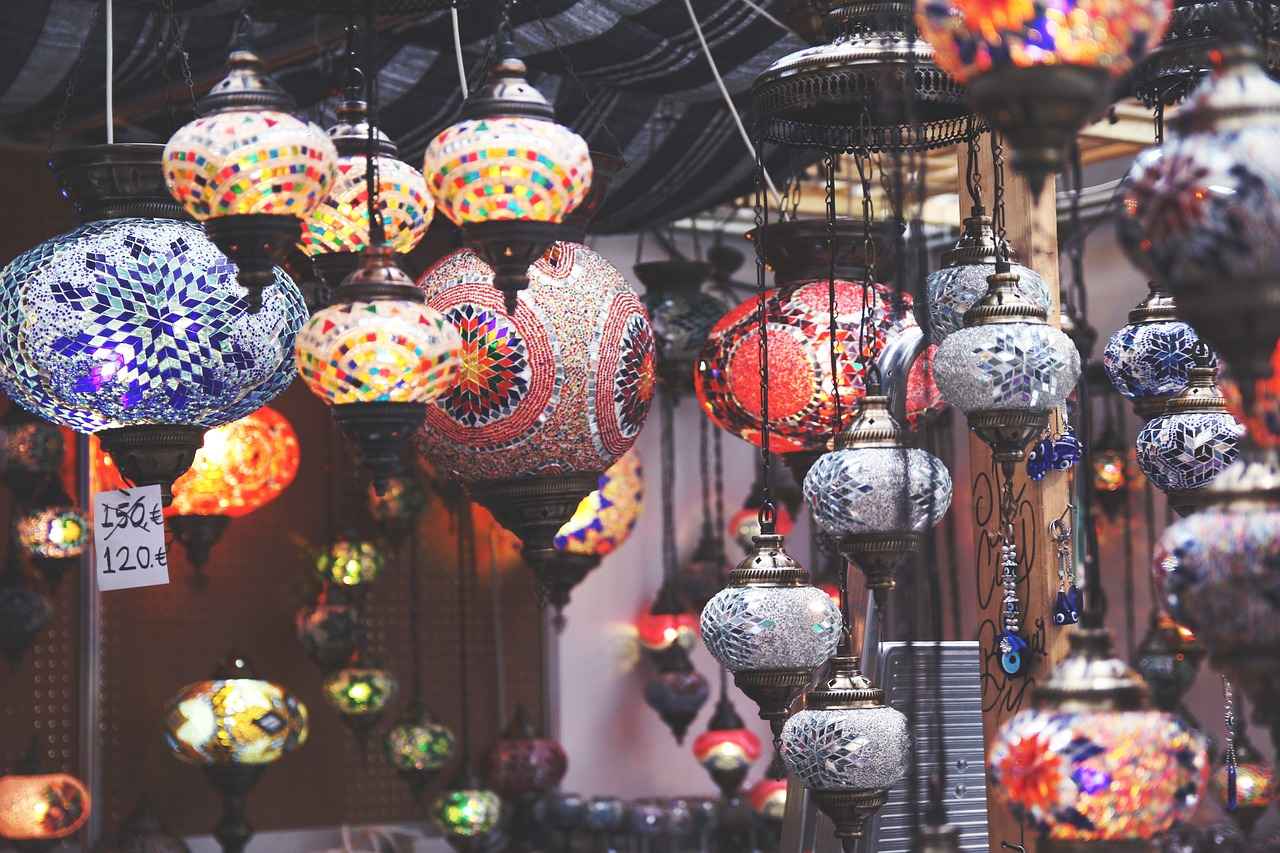Discover the enchanting realm of baby kimonos, a beautiful blend of tradition and modernity. These garments are not only stunning but also serve a significant cultural role. With their vibrant colors and intricate designs, baby kimonos make for the perfect outfits for your little one, ensuring they look adorable while embracing a rich heritage.
What is a Baby Kimono?
A baby kimono is a traditional Japanese garment tailored specifically for infants. Characterized by its wrap-around style and vibrant patterns, it offers both comfort and ease of dressing for parents. This unique design allows for quick changes, making it a practical choice for busy families.
Benefits of Dressing Your Baby in a Kimono
- Comfort and Breathability: The lightweight fabric ensures your baby stays cool and comfortable in any climate.
- Ease of Movement: The loose-fitting design allows for unrestricted movement, making it ideal for active infants.
- Cultural Appreciation: Introducing your baby to traditional attire fosters an appreciation for cultural heritage.
Stylish Designs and Patterns
Baby kimonos come in a myriad of stylish designs and patterns. From traditional motifs to contemporary prints, there is a kimono for every occasion. Seasonal variations ensure your baby is dressed appropriately throughout the year, with lighter fabrics for summer and warmer options for winter.
How to Choose the Right Size Kimono
Selecting the correct size is crucial for comfort. Most brands provide size charts based on age, weight, and height, making it easier for parents to find the perfect fit. Many kimonos also feature adjustable ties or snaps for a customizable fit as your baby grows.
Where to Buy Baby Kimonos
Finding the ideal baby kimono is simple, with options ranging from online retailers to local boutiques. Online platforms often provide a wider selection and competitive pricing, while local stores allow you to feel the fabric quality firsthand.
Care Tips for Baby Kimonos
- Washing: Most kimonos can be machine washed on a gentle cycle, but always check care labels for specific instructions.
- Storage: Store kimonos in a cool, dry place, using garment bags to preserve their quality and prevent wear.
In conclusion, baby kimonos are not just garments; they are a celebration of culture and style. By dressing your little one in these adorable outfits, you embrace tradition while ensuring comfort and practicality. Explore the world of baby kimonos and find the perfect piece for your child’s wardrobe today!

What is a Baby Kimono?
Kimono for Baby: The Cutest Outfits for Your Little One
Explore the delightful world of baby kimonos, showcasing their unique designs, cultural significance, and how they make the perfect outfits for your little one.
A baby kimono is a traditional Japanese garment specifically designed for infants. It is characterized by its simple wrap-around style and vibrant patterns, offering both comfort and ease of dressing for parents. These garments are not only practical but also steeped in cultural significance, embodying a rich heritage that parents can share with their children.
Benefits of Dressing Your Baby in a Kimono
- Ease of Movement: The loose-fitting design allows babies to move freely, which is essential for their development.
- Comfort: Made from soft fabrics, kimonos keep babies cozy throughout the day.
- Cultural Appreciation: Dressing your child in a kimono introduces them to Japanese culture from an early age.
Comfort and Breathability
The lightweight fabric of kimonos ensures that your baby stays comfortable and cool, making it suitable for various climates and occasions. Parents can dress their little ones in layers, adjusting to changing temperatures.
Fabric Choices for Baby Kimonos
Common fabrics used for baby kimonos include cotton, silk, and linen. Each material offers distinct qualities that enhance both comfort and style for your little one.
Easy to Wear and Change
The wrap-around design of kimonos allows for quick dressing and diaper changes, making them a practical choice for busy parents. This feature is especially appreciated during those hectic mornings.
Cultural Significance of Kimonos
Kimonos hold deep cultural significance in Japan, symbolizing tradition and heritage. By dressing your baby in a kimono, you introduce them to these values through fashion, creating a connection to their cultural roots.
Stylish Designs and Patterns
Baby kimonos come in a variety of stylish designs and patterns, catering to different tastes and occasions. From floral prints to geometric patterns, there’s a kimono for every personality.
Traditional vs. Modern Designs
While traditional kimonos feature classic motifs, modern designs often incorporate contemporary patterns and colors, appealing to a broader audience. This blend of styles ensures that kimonos remain relevant in today’s fashion landscape.
Seasonal Variations
Kimonos are available in seasonal variations, with lighter fabrics for summer and warmer materials for winter, providing versatility throughout the year.
How to Choose the Right Size Kimono
Selecting the right size for your baby’s kimono is essential for comfort and style. Understanding sizing charts can simplify this process.
Understanding Size Charts
Size charts typically consider age, weight, and height, helping parents choose the best fit for their growing baby.
Adjustable Features in Kimonos
Many baby kimonos come with adjustable ties or snaps, allowing for a more customized fit as your baby grows.
Where to Buy Baby Kimonos
Finding the perfect baby kimono is easy with various options available, from online retailers to local boutiques, ensuring you can shop conveniently.
Online Retailers for Baby Kimonos
Numerous online platforms specialize in baby clothing, offering a wide selection of kimonos at competitive prices, often with customer reviews to aid in decision-making.
Local Boutiques and Specialty Stores
Visiting local boutiques can provide a unique shopping experience, allowing you to see and feel the fabric quality before making a purchase.
Care Tips for Baby Kimonos
Proper care of baby kimonos ensures they remain in excellent condition, allowing your little one to enjoy them for years to come.
Washing and Drying Instructions
Most baby kimonos can be machine washed on a gentle cycle, but it’s important to check care labels for specific instructions to maintain fabric integrity.
Storage Tips
Storing baby kimonos in a cool, dry place and using garment bags can help preserve their quality, preventing wear and tear over time.

Benefits of Dressing Your Baby in a Kimono
Kimonos are not just beautiful garments; they offer a multitude of benefits that make them an excellent choice for your baby’s wardrobe. These traditional Japanese outfits blend functionality with cultural significance, making them a cherished addition to any infant’s clothing collection.
One of the primary advantages of dressing your baby in a kimono is the ease of movement. The wrap-around design allows for unrestricted motion, which is essential for active little ones who are beginning to explore their surroundings. This feature ensures that your baby can move freely, whether they are crawling, playing, or simply lounging.
In terms of comfort, kimonos are typically made from soft, breathable fabrics such as cotton or linen. This makes them ideal for various climates, keeping your baby cool in warm weather and cozy in cooler temperatures. The gentle touch of the fabric against your baby’s skin minimizes the risk of irritation, which is crucial for their delicate nature.
Moreover, kimonos promote cultural appreciation. By introducing your child to this traditional garment, you are instilling an understanding of Japanese culture and heritage from an early age. This can lead to a greater appreciation for diversity as they grow older.
Another practical benefit is the ease of dressing and diaper changes. The kimono’s simple design allows for quick changes, which is a significant advantage for busy parents. The adjustable ties ensure a snug fit, accommodating your baby’s growth while providing convenience during dressing.
In summary, the benefits of dressing your baby in a kimono include:
- Ease of movement
- Comfort and breathability
- Cultural appreciation
- Quick dressing and diaper changes
By choosing kimonos for your little one, you are not only providing them with a stylish and comfortable outfit but also embracing a rich cultural tradition.
Comfort and Breathability
The lightweight fabric of kimonos is one of the most appealing features, ensuring that your baby remains both comfortable and cool. This quality makes kimonos an excellent choice for various climates and occasions, whether it’s a warm summer day or a cooler evening event. The breathable materials used in these garments allow for optimal airflow, preventing overheating and ensuring that your little one can move freely without feeling restricted.
When considering the climate, the versatility of kimonos stands out. In warmer weather, the natural fibers such as cotton and linen wick moisture away from the skin, keeping your baby dry and comfortable. Conversely, during the cooler months, kimonos can be layered with additional clothing, providing warmth without sacrificing style.
Moreover, the design of the kimono itself contributes to its breathability. The wrap-around style allows for easy adjustments, which means parents can ensure their baby is snug yet comfortable. This adaptability is particularly beneficial for growing infants, as it accommodates their changing sizes without compromising on comfort.
In addition to practicality, the aesthetic appeal of kimonos cannot be overlooked. They come in a variety of vibrant patterns and colors, making them not only a functional choice but also a stylish one. This means your baby can look adorable while enjoying the comfort that the lightweight fabric provides.
Ultimately, choosing a kimono for your baby is a decision that combines comfort, style, and functionality, making it a perfect addition to any baby wardrobe.
Fabric Choices for Baby Kimonos
When selecting a baby kimono, the choice of fabric plays a crucial role in ensuring both comfort and style for your little one. Common fabrics used for baby kimonos include cotton, silk, and linen. Each of these materials offers distinct qualities that cater to the needs of infants.
- Cotton: This fabric is renowned for its softness and breathability, making it an ideal choice for babies. Cotton kimonos are lightweight and gentle on delicate skin, ensuring that your baby remains comfortable throughout the day. Additionally, cotton is easy to wash and maintain, which is a significant advantage for busy parents.
- Silk: Known for its luxurious feel, silk adds a touch of elegance to baby kimonos. While it may not be as practical for everyday wear, silk kimonos are perfect for special occasions. The natural sheen of silk creates a stunning appearance, making your baby look adorable. However, it’s important to note that silk requires more careful handling and cleaning compared to cotton.
- Linen: This fabric is highly valued for its durability and moisture-wicking properties. Linen kimonos are excellent for warmer climates as they allow air to circulate, keeping your baby cool. Although linen may feel a bit rough initially, it becomes softer with each wash, providing a comfortable fit over time.
In conclusion, when choosing a fabric for your baby’s kimono, consider the specific qualities each material offers. Cotton provides everyday comfort, silk adds a touch of luxury for special events, and linen offers practicality in warmer weather. By selecting the right fabric, you can ensure that your little one not only looks stylish but also feels comfortable in their adorable kimono.
Easy to Wear and Change
The wrap-around design of baby kimonos is not just a fashion statement; it provides unparalleled practicality for busy parents. This unique style allows for quick dressing and effortless diaper changes, making it an ideal choice for those hectic mornings or late-night changes.
Unlike conventional clothing that may require multiple buttons or zippers, kimonos feature a simple tie or snap closure. This design facilitates a stress-free dressing experience for both parents and babies. With just a gentle wrap and a secure knot, parents can have their little ones dressed in no time, minimizing fuss and ensuring comfort.
Moreover, the kimono’s open design allows for easy access during diaper changes. Parents can swiftly unfasten the garment without needing to remove the entire outfit, which is particularly helpful for infants who may be wiggly or fussy. This feature not only saves time but also helps keep babies comfortable and content.
In addition to practicality, baby kimonos are available in a variety of colors and patterns, making them stylish as well as functional. From vibrant prints to soft pastels, there is a kimono to suit every taste and occasion. This means that dressing your baby can be both a quick task and a chance to showcase their unique style.
Ultimately, the ease of wearing and changing kimonos positions them as a top choice for parents seeking a blend of style and functionality. As your little one grows, these garments can adapt to their needs, making them a versatile addition to any baby wardrobe.
Cultural Significance of Kimonos
Kimonos are more than just beautiful garments; they embody a rich tapestry of Japanese culture and history. These traditional outfits are often worn during significant life events and celebrations, serving as a bridge between generations. By introducing your baby to kimonos, you are not only dressing them in exquisite fashion but also instilling a sense of heritage and tradition that is deeply rooted in Japanese society.
The kimono’s design is characterized by its elegant lines and vibrant colors, which often reflect seasonal themes or auspicious symbols. For instance, motifs like cherry blossoms or cranes symbolize growth and good fortune, making them ideal for special occasions like birthdays or coming-of-age ceremonies. Dressing your baby in a kimono can be a way to celebrate these milestones and introduce them to the values associated with such traditions.
Moreover, kimonos are versatile garments that can be adapted for various occasions, from formal events to casual family gatherings. Their wrap-around style not only makes them easy to put on and take off but also allows for comfort and freedom of movement, essential for active little ones. This practicality ensures that your baby can enjoy their outfit while embodying the cultural essence of Japan.
In conclusion, choosing to dress your baby in a kimono is a meaningful way to connect them with their cultural roots. It fosters an appreciation for tradition and heritage, while also providing a stylish and comfortable outfit. As your little one grows, these garments can serve as a cherished reminder of their beginnings and the values that come with them.
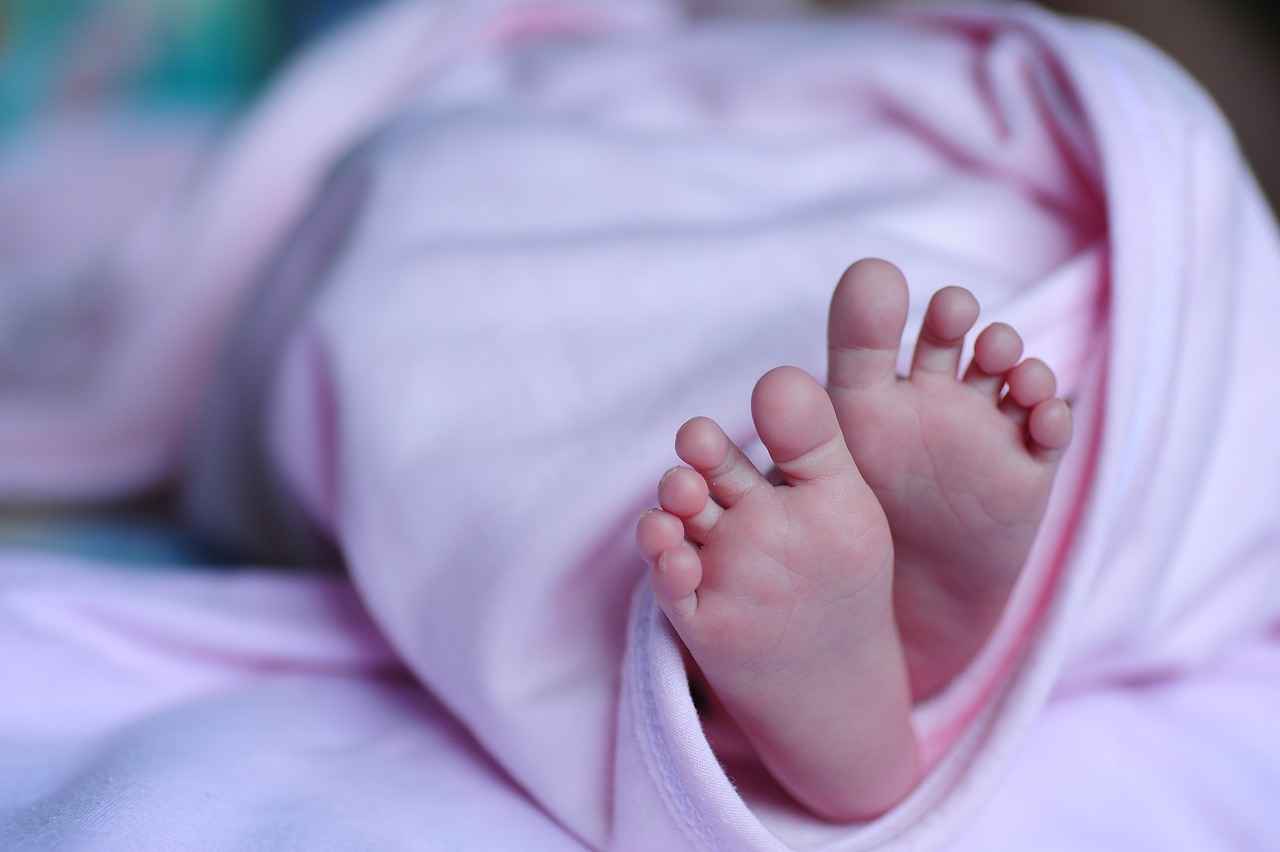
Stylish Designs and Patterns
When it comes to dressing your little one, baby kimonos are not only a nod to tradition but also a canvas for creativity. These garments are available in a plethora of stylish designs and vibrant patterns, making them suitable for various occasions and personal tastes.
| Design Type | Description |
|---|---|
| Traditional | Features classic motifs such as cherry blossoms and cranes, often using pastel colors. |
| Modern | Incorporates contemporary patterns, bold colors, and playful designs like animals and geometric shapes. |
| Seasonal | Offers variations suitable for different seasons, with lighter fabrics for summer and warmer options for winter. |
The versatility of baby kimonos is one of their most appealing aspects. For instance, during summer, you might choose a kimono made from breathable cotton, adorned with bright colors and fun prints. In contrast, winter options may feature thicker materials and muted tones, providing both warmth and style.
- Floral Patterns: Perfect for spring celebrations, these designs bring a touch of nature to your baby’s wardrobe.
- Animal Prints: A hit among toddlers, these playful patterns often feature cute illustrations that capture the imagination.
- Geometric Shapes: For a modern twist, kimonos with geometric designs offer a chic look, suitable for various occasions.
Ultimately, choosing the right design and pattern for your baby’s kimono can enhance their adorable appearance while allowing you to express their unique personality. Whether you prefer the charm of traditional styles or the flair of modern aesthetics, there’s a baby kimono out there that will perfectly suit your little one.
Traditional vs. Modern Designs
When exploring the world of baby kimonos, it’s essential to understand the distinction between traditional and modern designs. Traditional kimonos are often adorned with classic motifs, such as cherry blossoms, cranes, and other symbols of Japanese culture. These designs reflect the rich heritage and artistry that have been passed down through generations. The color palette typically includes soft pastels and natural hues, creating a timeless elegance that resonates with cultural significance.
On the other hand, modern baby kimonos have embraced a more contemporary aesthetic. Designers are now incorporating bold colors, playful patterns, and unique textures that appeal to a broader audience. This shift not only makes kimonos more accessible to younger generations but also allows for personal expression in children’s fashion. For instance, you might find kimonos featuring vibrant geometric shapes, cartoon characters, or even abstract designs, making them perfect for casual outings or special occasions.
Moreover, the fusion of traditional and modern elements has led to innovative styles that maintain the essence of the kimono while catering to current fashion trends. Many modern kimonos still honor the classic wrap-around style, ensuring comfort and ease of wear for infants. This blend of old and new creates a versatile wardrobe option that can be styled for various events, from family gatherings to festive celebrations.
In conclusion, whether you choose a traditional or modern baby kimono, both styles offer unique benefits and charm. Traditional designs connect your little one to their cultural roots, while modern interpretations provide a fun and fashionable twist. Ultimately, the choice depends on personal preference and the occasion, allowing parents to dress their babies in outfits that are both stylish and meaningful.
Seasonal Variations
in baby kimonos offer a delightful way to dress your little one throughout the year. These garments are not only stylish but also practical, adapting to the changing seasons with ease. Understanding the different fabric options available for each season can help parents make informed choices that ensure their baby is comfortable and fashionable.
During the summer months, lighter fabrics such as cotton and linen are commonly used for baby kimonos. These materials are breathable, allowing air to circulate and keeping your baby cool in warm weather. The vibrant colors and playful patterns often seen in summer kimonos add a cheerful touch to your baby’s wardrobe. Parents can choose from a variety of designs, ensuring their little one stands out during outdoor gatherings or family picnics.
As the winter season approaches, the fabric choices for baby kimonos shift towards warmer materials. Soft flannels, thicker cotton blends, and even cozy silk options provide the necessary insulation to keep your baby snug and warm. Many winter kimonos feature adorable prints and festive designs, perfect for holiday celebrations or family portraits. The wrap-around style of these garments allows for easy layering with additional clothing, ensuring your baby remains comfortable in colder temperatures.
In addition to comfort and warmth, the versatility of kimonos makes them an excellent choice for any occasion. Whether it’s a family gathering, a day at the park, or simply lounging at home, kimonos can easily transition from casual to formal settings. This adaptability allows parents to dress their babies in a way that reflects their personal style while honoring the cultural significance of the kimono.
Overall, seasonal variations in baby kimonos not only provide practical benefits but also enhance the joy of dressing your little one. By selecting the appropriate fabrics and designs for each season, parents can ensure their baby remains both fashionable and comfortable all year round.
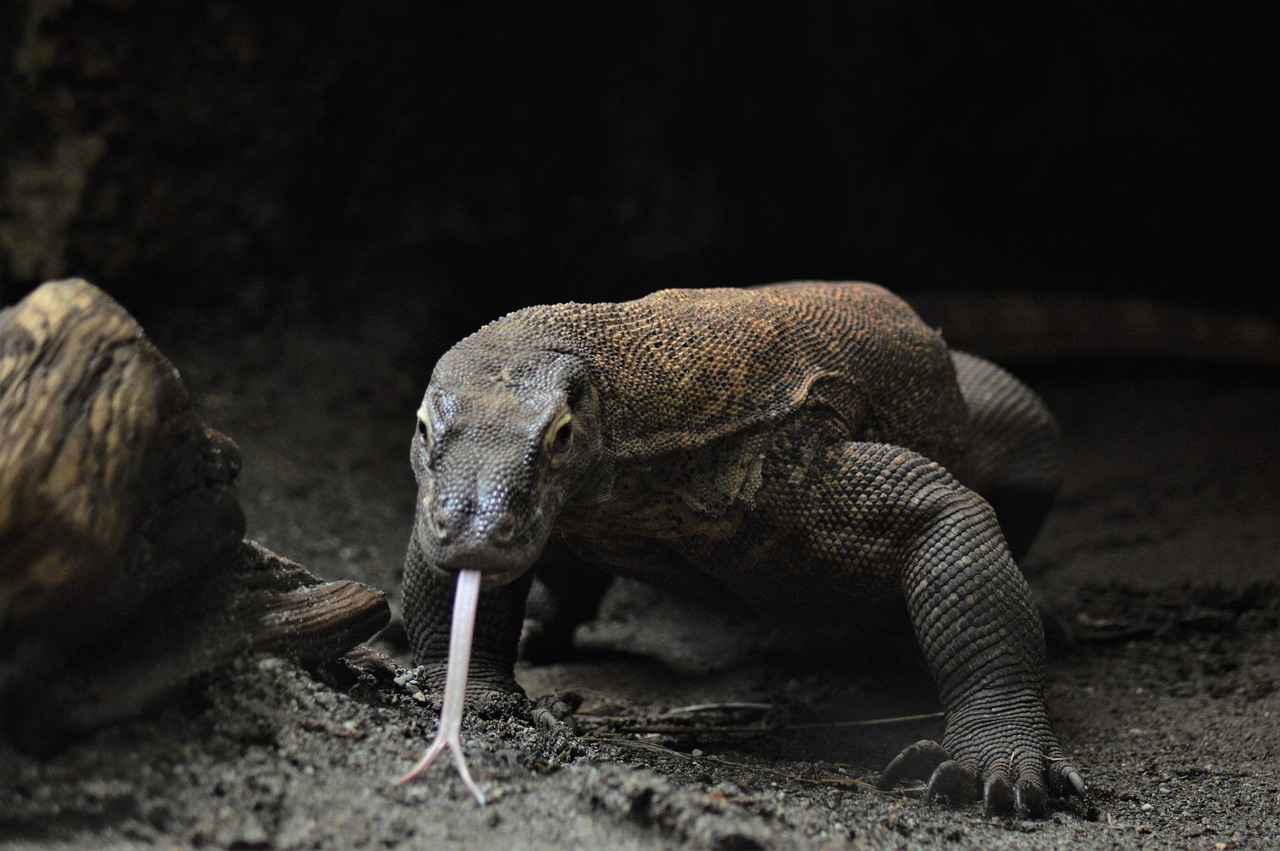
How to Choose the Right Size Kimono
Choosing the perfect size for your baby’s kimono is crucial not only for comfort but also for ensuring a stylish appearance. A well-fitted kimono allows your little one to move freely, play comfortably, and look adorable in any setting. Understanding sizing charts can significantly simplify the selection process, making it easier for parents to find the right fit.
When selecting a kimono, it’s essential to consider several factors:
- Age: Kimonos are often sized based on the age of the child, but this can vary significantly from one brand to another.
- Weight and Height: These measurements provide a more accurate guide than age alone, as children grow at different rates.
- Style of the Kimono: Different styles may fit differently, so it’s important to consider the design and how it may affect sizing.
Many brands provide sizing charts that detail the measurements for each size, allowing parents to make informed decisions. These charts typically include:
| Size | Age Range | Weight (lbs) | Height (inches) |
|---|---|---|---|
| Small | 0-6 months | 6-12 | 22-26 |
| Medium | 6-12 months | 12-18 | 26-30 |
| Large | 12-18 months | 18-24 | 30-34 |
Additionally, many kimonos come with adjustable features such as ties or snaps, which allow for a customized fit. This flexibility is particularly beneficial as your baby grows, ensuring that the kimono can be worn for an extended period.
In conclusion, selecting the right size kimono involves considering your baby’s age, weight, height, and the specific design of the garment. By utilizing sizing charts and understanding the adjustable features available, parents can ensure that their little one enjoys both comfort and style in their beautiful kimono.
Understanding Size Charts
is crucial for parents looking to dress their growing babies in the perfect kimono. Size charts provide essential information that takes into account various factors, such as age, weight, and height. These charts serve as a guide to help parents select the right size, ensuring comfort and ease of movement for their little ones.
When navigating size charts, it’s important to remember that babies grow rapidly, and what fits today may not fit tomorrow. Therefore, understanding the specific measurements associated with each size can aid in making informed decisions. Here are some key points to consider:
- Age: Size charts often categorize sizes based on age ranges, providing a general guideline for parents.
- Weight: This is a critical factor, as it helps ensure that the kimono is not too tight or too loose, which can affect comfort.
- Height: Babies come in various heights, and selecting a size that corresponds to their height can prevent the outfit from being too short or long.
Additionally, many baby kimonos feature adjustable elements such as ties or snaps that allow for a customized fit. This adaptability means that even if a baby is at the upper end of one size, they can still wear the kimono comfortably for a longer period.
In conclusion, using size charts effectively can simplify the shopping process for baby kimonos. By taking into account age, weight, and height, parents can ensure they are choosing the best fit for their growing baby, allowing for both comfort and style.
Adjustable Features in Kimonos
One of the standout features of baby kimonos is their adjustable design, which provides parents with the flexibility to ensure a perfect fit as their little ones grow. These garments often come equipped with ties or snaps that can be easily adjusted, allowing for a customized fit that accommodates your baby’s changing size.
As babies grow rapidly in their first year, having clothing that can adapt to their size is not only practical but also economical. The adjustable features in kimonos mean that parents can use the same garment for an extended period, reducing the need for frequent replacements. This is particularly beneficial during the early months when infants can experience significant growth spurts.
Moreover, the wrap-around style of the kimono, combined with these adjustable elements, ensures that dressing your baby is a hassle-free experience. The ease of putting on and taking off the kimono makes it a favorite among busy parents. This design minimizes fuss during diaper changes and allows for quick outfit changes, which is essential for parents on the go.
In addition to practicality, the adjustable features also contribute to the comfort of the garment. By allowing parents to modify the fit, kimonos can be worn snugly or loosely, depending on the baby’s activity level and the weather conditions. This versatility ensures that your baby remains comfortable and stylish, whether they are playing at home or attending a special occasion.
Overall, the adjustable ties and snaps in baby kimonos not only enhance functionality but also add to the garment’s appeal. As you consider adding kimonos to your baby’s wardrobe, keep in mind these features that make them a smart choice for both comfort and style.
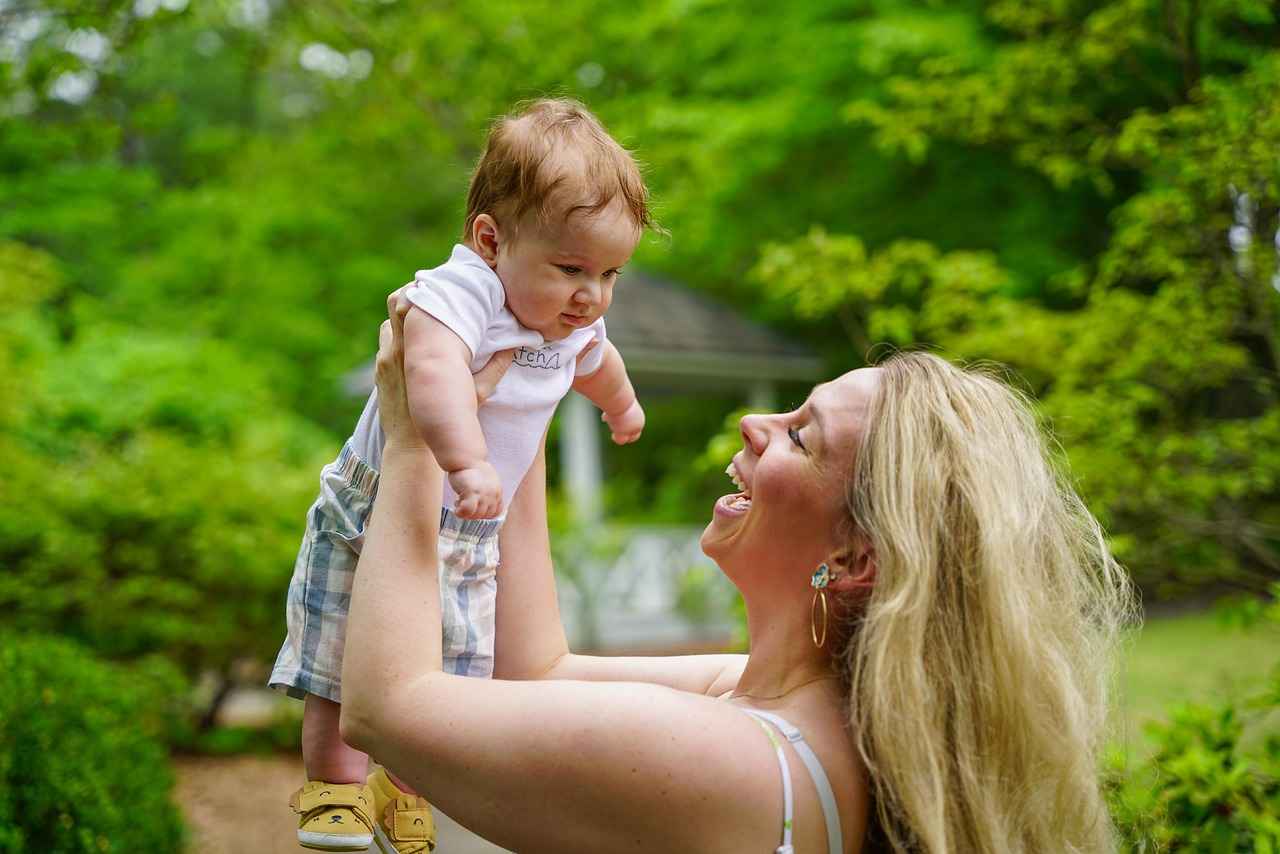
Where to Buy Baby Kimonos
Finding the perfect baby kimono is a delightful journey, thanks to the wide array of options available. Whether you prefer the convenience of online shopping or the personal touch of local boutiques, there is something for everyone.
- Online Retailers: A plethora of online platforms specialize in baby clothing, making it easy to browse through countless styles and designs from the comfort of your home. Websites like BabyKimonos.com and CuteKimonosForKids.com offer extensive selections, often accompanied by customer reviews that can guide your purchasing decisions.
- Local Boutiques: For those who appreciate a hands-on shopping experience, visiting local boutiques can be a rewarding option. These stores often feature unique, high-quality kimonos that you can see and touch before buying. Additionally, local shops may carry exclusive designs that aren’t available online.
- Craft Fairs and Markets: Exploring local craft fairs and markets can lead you to one-of-a-kind baby kimonos made by artisan designers. This not only supports local businesses but also allows you to find special pieces that tell a story.
- Second-Hand Stores: Don’t overlook thrift shops and second-hand stores, where you can often find gently used baby kimonos at a fraction of the original price. This is a sustainable option that can add unique flair to your baby’s wardrobe.
In conclusion, whether you choose to shop online or prefer the charm of local boutiques, the options for finding the ideal baby kimono are plentiful. With a little exploration, you can discover the perfect outfit that combines style, comfort, and cultural significance for your little one.
Online Retailers for Baby Kimonos
In today’s digital age, shopping for baby clothing has never been easier, especially when it comes to finding the perfect kimono for your little one. Numerous online platforms specialize in baby clothing, providing a vast selection of kimonos that cater to various tastes and preferences. These platforms often offer competitive prices, making it accessible for parents to dress their babies in stylish and comfortable outfits.
One of the standout features of these online retailers is the inclusion of customer reviews. These reviews can be invaluable for parents, as they provide insights into the quality, fit, and overall satisfaction of the products. By reading through the experiences of other customers, you can make informed decisions that align with your needs and expectations.
Here are some popular online retailers where you can find a wide range of baby kimonos:
- Amazon – Offers a vast selection of baby kimonos with various styles, sizes, and price ranges, along with customer ratings.
- Etsy – Features unique, handmade baby kimonos from independent sellers, perfect for those looking for something special.
- Target – Provides a range of affordable baby clothing, including kimonos, with the added benefit of in-store pickup options.
- BabyGap – Known for its stylish and high-quality baby clothing, BabyGap offers a selection of kimonos that combine comfort with fashion.
When selecting a retailer, consider factors such as shipping options, return policies, and customer service. Many online stores also offer discounts and promotions, making it even more appealing to shop for baby kimonos online. With the convenience of online shopping, you can easily find the perfect kimono that not only looks adorable but also fits your budget.
In conclusion, the rise of online shopping has transformed the way parents approach buying baby clothing, particularly kimonos. With a plethora of options available at your fingertips, you can ensure that your baby is dressed in style while enjoying the benefits of convenience and customer feedback.
Local Boutiques and Specialty Stores
When it comes to shopping for baby kimonos, local boutiques and specialty stores offer an experience that online shopping simply cannot replicate. These charming shops are often filled with carefully curated selections of baby clothing, allowing parents to explore a variety of unique designs and fabrics. By visiting these boutiques, you can not only find the perfect kimono for your little one but also enjoy a personalized shopping experience.
- Feel the Fabric: One of the most significant advantages of shopping at local boutiques is the ability to touch and feel the fabric before making a purchase. This tactile experience helps ensure that the material is soft, breathable, and suitable for your baby’s sensitive skin.
- Unique Designs: Local boutiques often carry exclusive designs that you won’t find in larger retail chains. This means that you can dress your baby in a one-of-a-kind kimono that reflects your personal style and cultural appreciation.
- Expert Advice: The staff at these boutiques are typically knowledgeable about the products they sell. They can provide valuable insights on sizing, fabric care, and styling tips, helping you make informed decisions.
- Support Local Businesses: Shopping at local boutiques supports your community and helps small businesses thrive. By choosing to shop locally, you contribute to the local economy and promote sustainable practices.
In conclusion, visiting local boutiques for baby kimonos not only enhances your shopping experience but also allows you to make thoughtful choices for your little one. The combination of quality fabrics, unique designs, and personalized service makes these stores a fantastic option for parents looking to dress their babies in style.
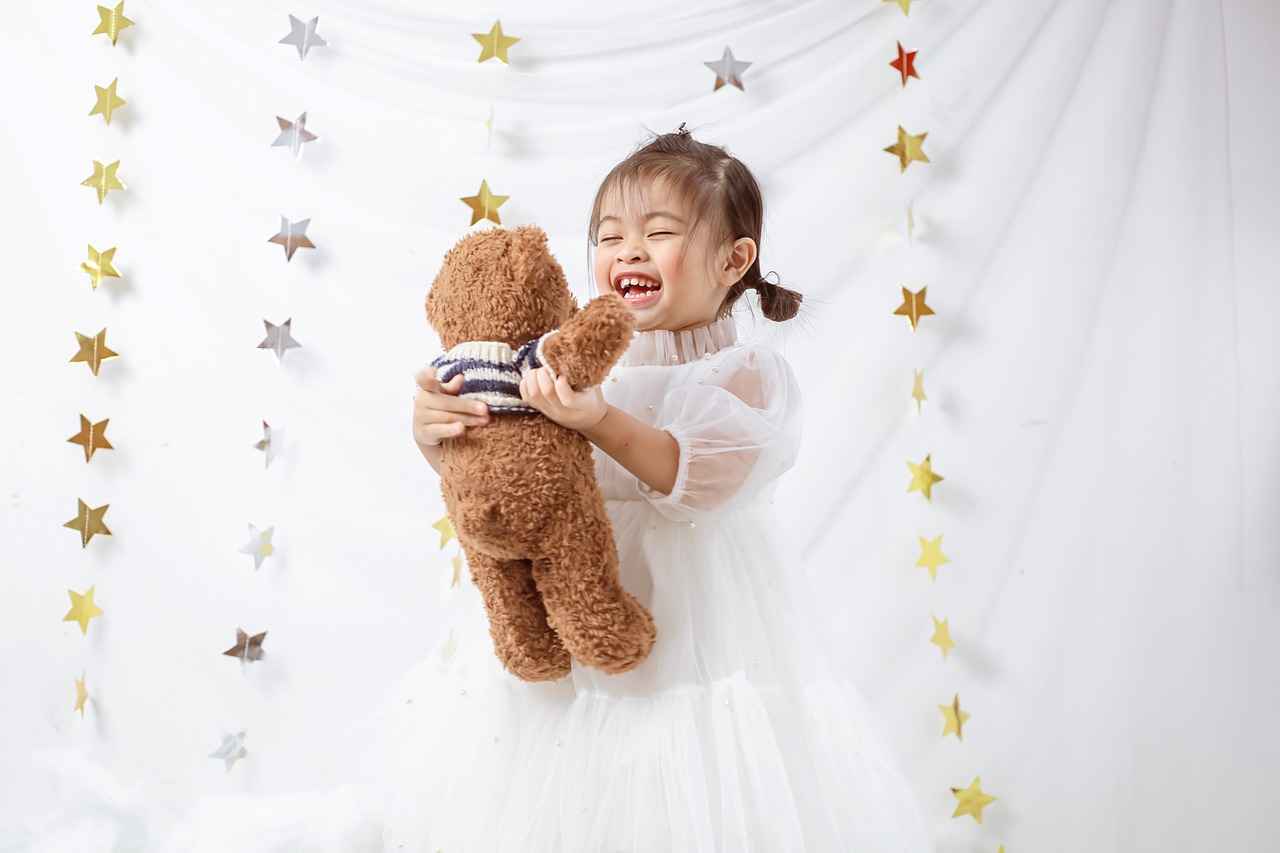
Care Tips for Baby Kimonos
Proper care of baby kimonos is essential to ensure they remain in excellent condition, allowing your little one to enjoy them for years to come. These beautiful garments, steeped in tradition, require attention to detail in their maintenance to preserve their vibrant colors and delicate fabrics. Below are some comprehensive care tips to help you keep your baby kimonos looking their best.
When it comes to washing baby kimonos, always check the care labels for specific instructions. Most kimonos can be safely machine washed, but using a gentle cycle is recommended to prevent damage. Here are some key points to consider:
- Use cold water: This helps to maintain the fabric’s color and prevent shrinkage.
- Choose a mild detergent: Harsh chemicals can degrade the fabric, so opt for a gentle detergent safe for delicate items.
- Avoid bleach: Bleach can ruin the vibrant patterns and colors of the kimono.
After washing, it’s best to air dry the kimonos by laying them flat or hanging them up, as this reduces the risk of shrinking and helps maintain their shape.
Proper storage is just as crucial as washing. To keep your baby kimonos in top condition:
- Store in a cool, dry place: Humidity can cause mold and mildew, which can damage the fabric.
- Use garment bags: Protect kimonos from dust and potential damage by storing them in breathable garment bags.
- Avoid direct sunlight: Prolonged exposure to sunlight can fade colors, so store them away from windows.
By following these care tips, you can ensure that your baby’s kimono remains a cherished part of their wardrobe, ready to be worn for many special occasions to come.
Washing and Drying Instructions
When it comes to caring for your baby’s kimono, following the right washing and drying instructions is crucial to maintain the garment’s quality and longevity. Most baby kimonos can be machine washed on a gentle cycle, which is convenient for busy parents. However, it is essential to check care labels for specific washing instructions tailored to the fabric type.
- Use a Gentle Cycle: Always opt for a gentle cycle to minimize wear and tear on the fabric.
- Cold Water Wash: Washing in cold water helps preserve colors and prevents shrinking.
- Use Mild Detergents: Select a mild detergent that is free from harsh chemicals to protect your baby’s sensitive skin.
- Separate Colors: Wash light and dark colors separately to avoid color bleeding.
After washing, proper drying techniques are equally important:
- Avoid High Heat: High heat can damage delicate fabrics; instead, use a low-heat setting if using a dryer.
- Air Drying: Whenever possible, air drying is the best option to maintain the integrity of the fabric.
- Flat Drying: For certain fabrics, laying the kimono flat to dry can help retain its shape.
By adhering to these washing and drying instructions, you can ensure that your baby’s kimono remains in excellent condition, allowing your little one to enjoy this adorable garment for years to come.
Storage Tips
When it comes to preserving the beauty and quality of your baby kimonos, proper storage is essential. Here are some effective tips to ensure that your little one’s kimonos remain in pristine condition for years to come:
- Choose the Right Environment: Always store baby kimonos in a cool, dry place. High humidity can lead to mold and mildew, while excessive heat can cause fabrics to fade or deteriorate.
- Use Garment Bags: Consider placing each kimono in a breathable garment bag. This protects them from dust, light, and potential damage while allowing air circulation to prevent moisture buildup.
- Avoid Plastic Wrap: While it may seem convenient, plastic wrap can trap moisture and lead to mildew growth. Opt for cotton or linen bags instead.
- Store Flat or Folded: If possible, store kimonos flat to avoid creasing. If folding is necessary, ensure that the folds are gentle to prevent permanent lines in the fabric.
- Keep Away from Direct Sunlight: Sunlight can cause colors to fade over time. Store kimonos in a dark area or use opaque storage containers to shield them from light.
- Regularly Check for Pests: Make it a habit to inspect your storage area for pests. Using cedar blocks or lavender sachets can help deter moths and other insects.
By following these simple yet effective storage tips, you can protect your baby’s kimonos from wear and tear, ensuring they remain beautiful and ready for your little one to wear on special occasions.
Frequently Asked Questions
- What age is suitable for a baby kimono?
Baby kimonos are typically designed for infants aged 0 to 24 months. However, always check the sizing chart to ensure a perfect fit for your little one!
- Are baby kimonos easy to clean?
Absolutely! Most baby kimonos can be machine washed on a gentle cycle. Just follow the care label instructions to keep them looking fresh and vibrant.
- Can I find baby kimonos in different sizes?
Yes! Baby kimonos come in various sizes, and many feature adjustable ties or snaps for a customized fit as your baby grows. It’s all about comfort!
- Where can I buy baby kimonos?
You can find adorable baby kimonos at online retailers, local boutiques, and specialty stores. Each option has its perks, so choose what works best for you!
- What fabrics are best for baby kimonos?
Common fabrics include cotton, silk, and linen. Each offers a unique feel, but cotton is often favored for its softness and breathability!
